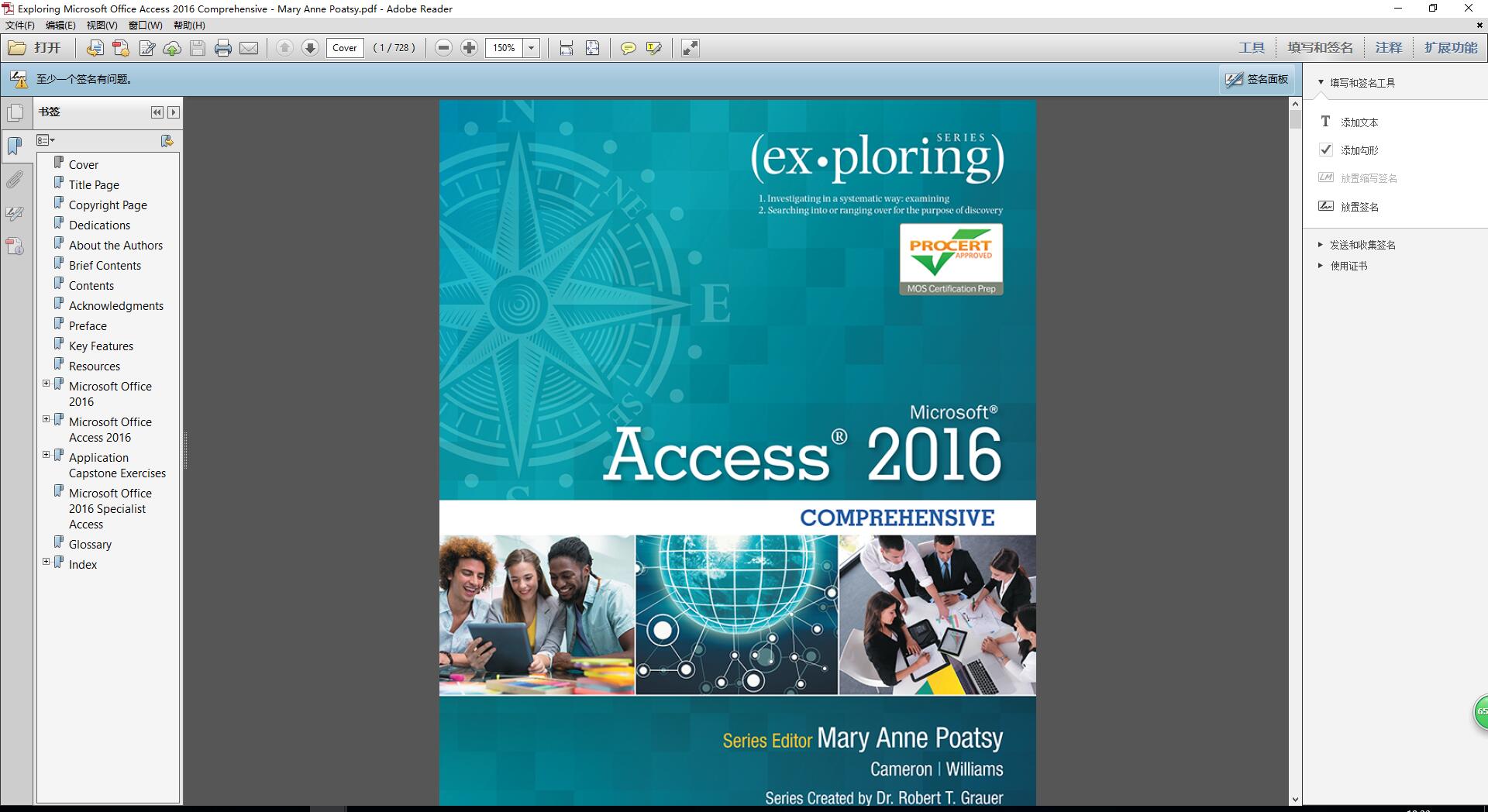Exploring Rome: A Comprehensive Guide to the Rome Metro Map with Attractions
#### Introduction to the Rome Metro Map with AttractionsWhen visiting the enchanting city of Rome, navigating its vast array of historical sites, vibrant ne……
#### Introduction to the Rome Metro Map with Attractions
When visiting the enchanting city of Rome, navigating its vast array of historical sites, vibrant neighborhoods, and cultural landmarks can be overwhelming. However, the **Rome Metro Map with Attractions** serves as an invaluable resource for tourists and locals alike, providing a clear and efficient way to explore the Eternal City. This guide will delve into how to effectively use the metro system while highlighting key attractions along the way.
#### The Importance of the Rome Metro Map
The **Rome Metro Map with Attractions** is not just a simple transit guide; it is a strategic tool that enhances your sightseeing experience. Rome's metro system consists of three lines—A (red), B (blue), and C (green)—each connecting to various points of interest. By using the metro, visitors can save time and energy, allowing for a more enjoyable exploration of the city.
#### Key Attractions Accessible via the Metro

1. **The Colosseum (Line B)**: One of the most iconic landmarks in Rome, the Colosseum is easily accessible from the Colosseo metro station. This ancient amphitheater, known for its gladiatorial contests, is a must-visit for anyone interested in history.
2. **Vatican City (Line A)**: The Vatican Museums, St. Peter's Basilica, and the Sistine Chapel are all reachable via the Ottaviano metro station on Line A. This area is rich in art and history, drawing millions of visitors each year.
3. **Trevi Fountain (Line A)**: A short walk from the Barberini station on Line A, the Trevi Fountain is famous for its stunning Baroque architecture and the tradition of tossing coins to ensure a return to Rome.
4. **Spanish Steps (Line A)**: Just a stone's throw from the Spagna station, the Spanish Steps offer a beautiful spot for relaxation and people-watching, surrounded by high-end shops and cafes.

5. **Piazza Navona (Line A)**: While not directly on the metro line, visitors can easily reach this stunning square by walking a few minutes from the Barberini station. Known for its beautiful fountains and lively atmosphere, Piazza Navona is a favorite among tourists.
#### Tips for Using the Rome Metro
- **Purchase a Roma Pass**: For those planning to explore multiple attractions, consider investing in a Roma Pass. This not only provides unlimited access to public transport but also discounts on entry fees to various sites.
- **Check the Metro Schedule**: The metro runs from 5:30 AM to 11:30 PM on weekdays and until 1:30 AM on weekends. Be sure to plan your travels accordingly.

- **Be Mindful of Pickpockets**: As with any major city, it's wise to keep an eye on your belongings while using public transport.
#### Conclusion
In summary, the **Rome Metro Map with Attractions** is an essential guide for anyone looking to make the most of their time in this historic city. By leveraging the metro system, visitors can efficiently navigate to some of Rome's most famous sites, ensuring a memorable and enriching experience. Whether you're a first-time traveler or a seasoned visitor, understanding the metro will enhance your journey through the captivating streets of Rome. So grab your map, hop on the metro, and let the adventure begin!